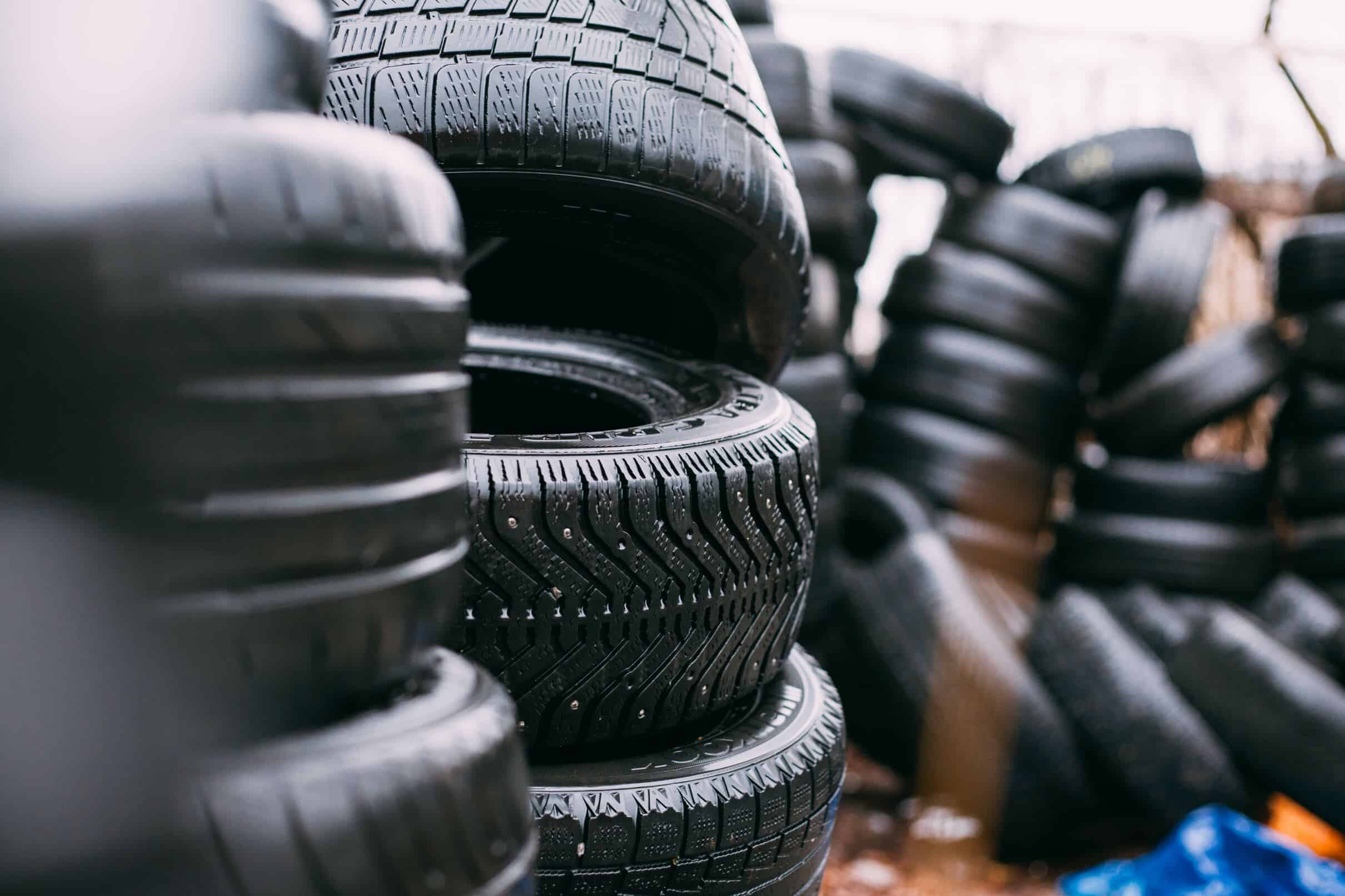Introduction
In today’s world, where economic considerations play a crucial role in decision-making, it’s natural for individuals to seek cost-effective options for various purchases. One such area is the automotive industry, where car owners often grapple with the decision of whether to invest in new or part-worn tyres. Part-worn tyres, also known as used or second-hand tyres, can offer a more budget-friendly alternative to brand-new rubber. However, their allure raises important questions: Are part-worn tyres safe, and should you consider buying them? This article delves into the nuances of part-worn tyres, shedding light on their safety aspects and helping you make an informed choice.

Understanding Part-Worn Tyres
Part-worn tyres are pre-owned tyres that have been used by another vehicle owner before being sold again. These tyres are often priced lower than their new counterparts, making them an attractive option for bad credit car finance consumers. Proponents of part-worn tyres argue that they represent a sustainable choice, as they extend the useful life of a product that might otherwise end up in a landfill prematurely. However, this perceived economic and environmental advantage raises concerns about safety and performance.
Safety Concerns
Safety is paramount when it comes to tyres, as they are the sole point of contact between your vehicle and the road. Part-worn tyres can pose certain safety risks that are worth considering before making a purchase decision.
- Tread Depth: Tyre tread depth is a critical factor in maintaining grip and handling on wet and dry surfaces. Part-worn tyres, due to their previous use, might have shallower tread depth compared to new tyres. Reduced tread depth can lead to compromised performance in adverse weather conditions and increase the risk of hydroplaning.
- Internal Damage: Internal damage to part-worn tyres might not be immediately visible. Defects such as sidewall damage, punctures, or other structural issues can weaken the tyre’s integrity and increase the likelihood of a blowout while driving.
- Age and Wear: Tyres deteriorate over time, even if they have sufficient tread depth. Part-worn tyres could be older and have experienced more wear and tear than new tyres. This aging process can impact their performance and safety.
- Unknown History: When purchasing part-worn tyres, you often don’t have a complete picture of their history. Factors like the previous owner’s driving habits, maintenance practices, and the conditions in which the tyres were used can affect their safety and longevity.
Regulations and Standards
Different countries have varying regulations and standards regarding the sale of part-worn tyres. In some regions, there are stringent requirements that sellers must adhere to, such as ensuring the tyres meet minimum tread depth and displaying clear markings indicating their used status. However, enforcement of these regulations may be lax, potentially allowing subpar tyres to enter the market.
Benefits of Part-Worn Tyres
While safety concerns exist, it’s important to recognise that not all part-worn tyres are inherently unsafe. There are instances where purchasing part-worn tyres can be a reasonable choice:
- Cost Savings: Part-worn tyres are undeniably more affordable than new ones. For individuals facing tight budgets, they can provide a way to maintain roadworthy tyres without breaking the bank.
- Temporary Use: If you’re planning to sell your vehicle or need tyres for a short period, part-worn tyres might suffice, provided they meet safety criteria.
- Environmental Considerations: Opting for part-worn tyres can contribute to reducing waste and conserving valuable resources.
Making an Informed Choice
Before deciding to buy part-worn tyres, it’s crucial to perform due diligence and make an informed choice. Here are some steps to consider:
- Tread Depth: Ensure that the part-worn tyres have sufficient tread depth to provide adequate traction. Check if the tread wear indicators are visible and not worn down.
- Visual Inspection: Thoroughly examine the tyres for visible damage, such as cuts, bulges, or sidewall cracks. Any signs of internal damage should be taken seriously.
- Age and Wear: Inquire about the age of the tyres and gather information about their previous usage. A tyre’s manufacturing date can be found on the sidewall, indicating the week and year it was produced.
- Source: Purchase from reputable sellers who adhere to regulations and standards. Avoid buying part-worn tyres from uncertified or untrustworthy sources.
- Usage Intent: Consider the intended use of the tyres. If safety is a top priority, investing in new tyres might be the best choice, especially for long-term use or adverse weather conditions.
Conclusion
Part-worn tyres present a complex dilemma for car owners seeking to balance budget considerations with safety. While they offer cost savings and potential environmental benefits, safety concerns and unknown histories warrant careful consideration. It’s essential to approach the decision to purchase part-worn tyres with thorough research, a critical eye, and a focus on safety. Prioritizing roadworthiness and taking into account factors such as tread depth, visual inspection, and usage intent will empower you to make a choice that aligns with both your financial considerations and your safety on the road. As with any automotive decision, striking the right balance between cost and safety is paramount.





